Hiking & Walking
The latest Hiking & Walking breaking news, comment, reviews and features from the experts at T3
-

Gossamer Gear's Grit 28 is a masterclass in ultralight backpack design
Trail runners and fastpackers, take note
By Matt Kollat Published
-
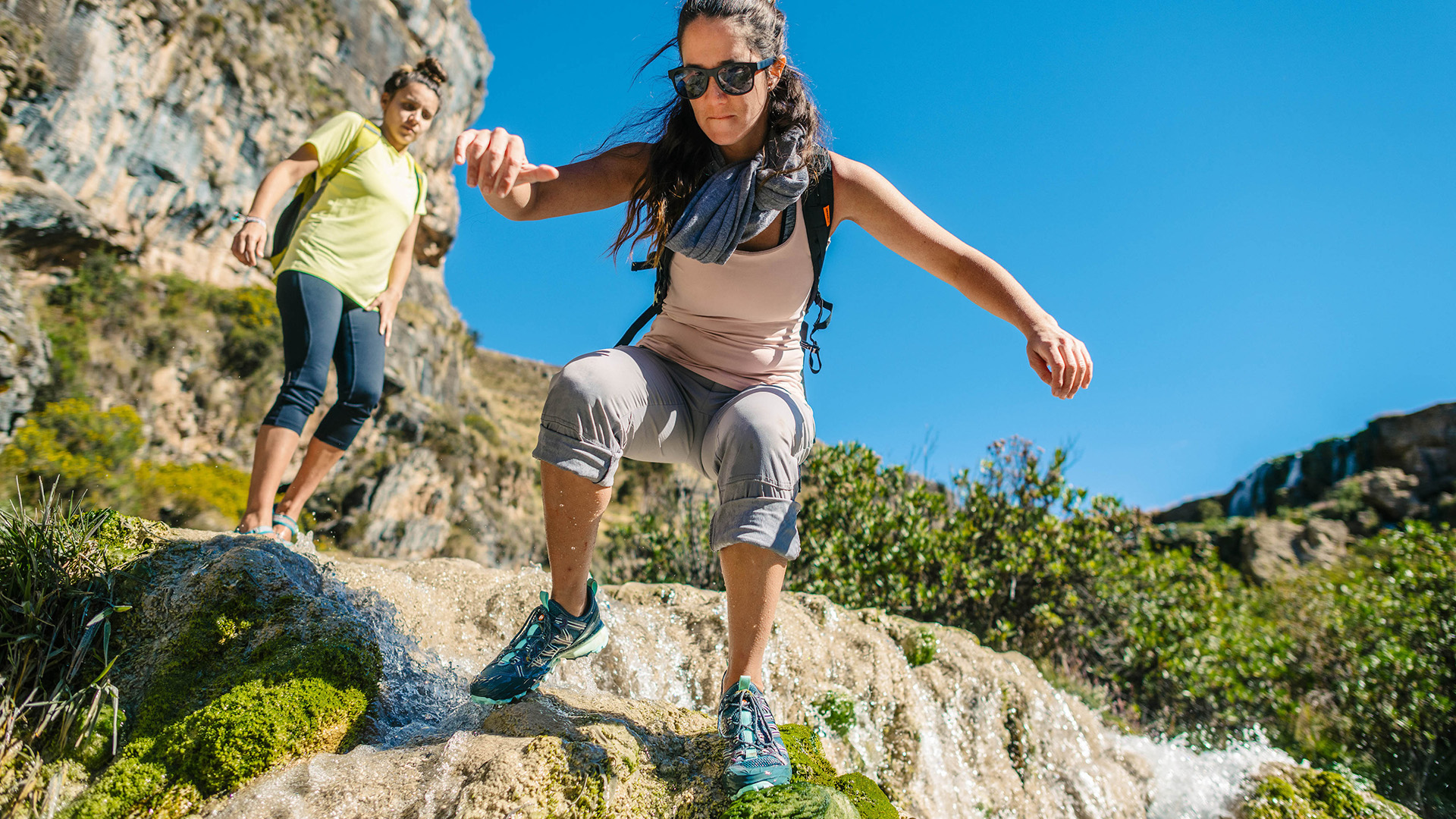
Best women's walking shoes 2025: explore in comfort, every step of the way
These shoes were definitely made for walking
By Bryony Firth-Bernard Last updated
-

5 essential items every hiker should have in their backpack, according to a Mountain Rescuer
Whether you’re embarking on a quick hike or a long trek, these essentials can be invaluable
By Bryony Firth-Bernard Published
-
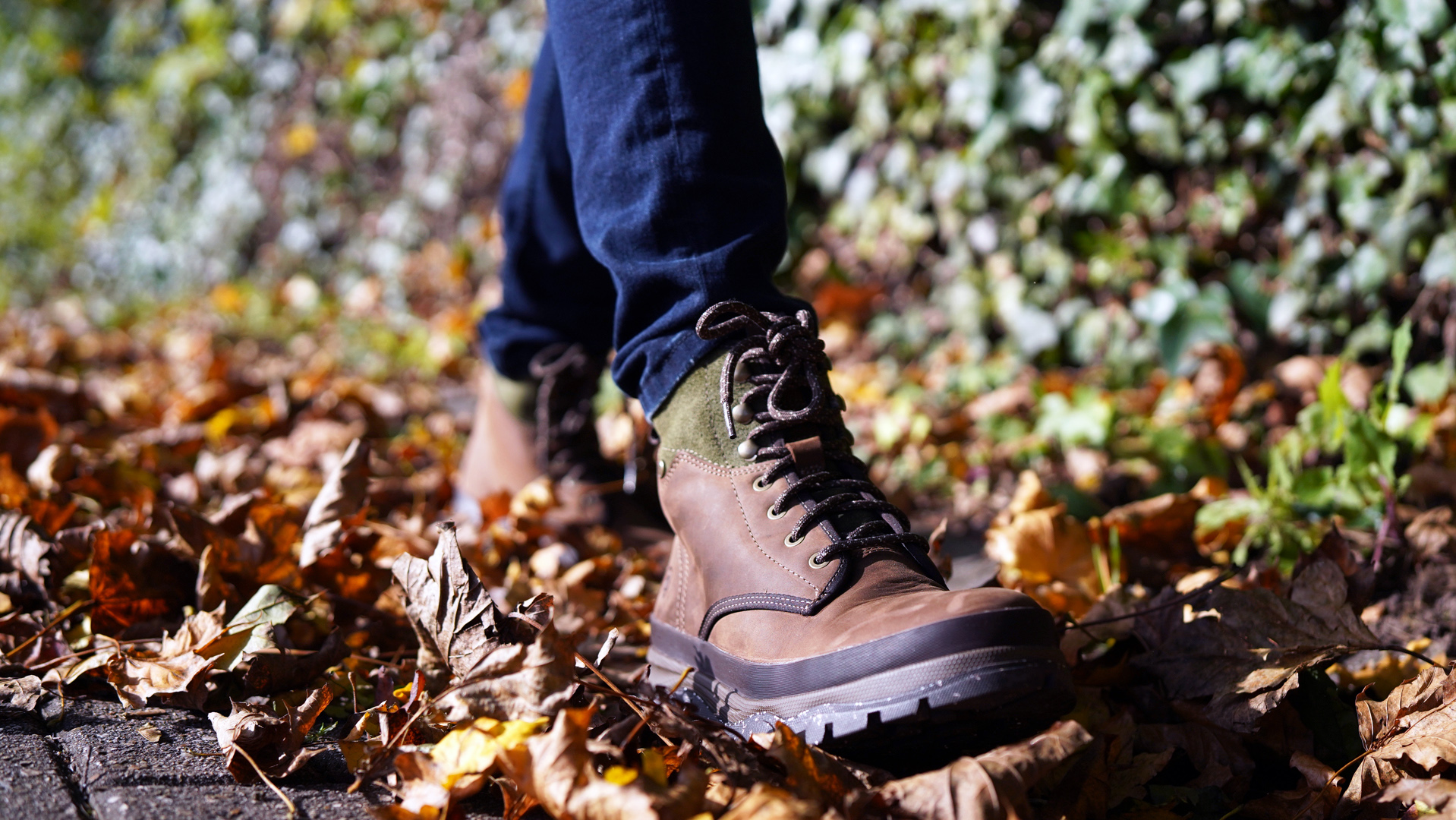
Best women's hiking boots 2025: sturdy footwear for tackling the great outdoors
We rank the best women's hiking boots, for comfort, value, robustness and style
By Bryony Firth-Bernard Last updated
-
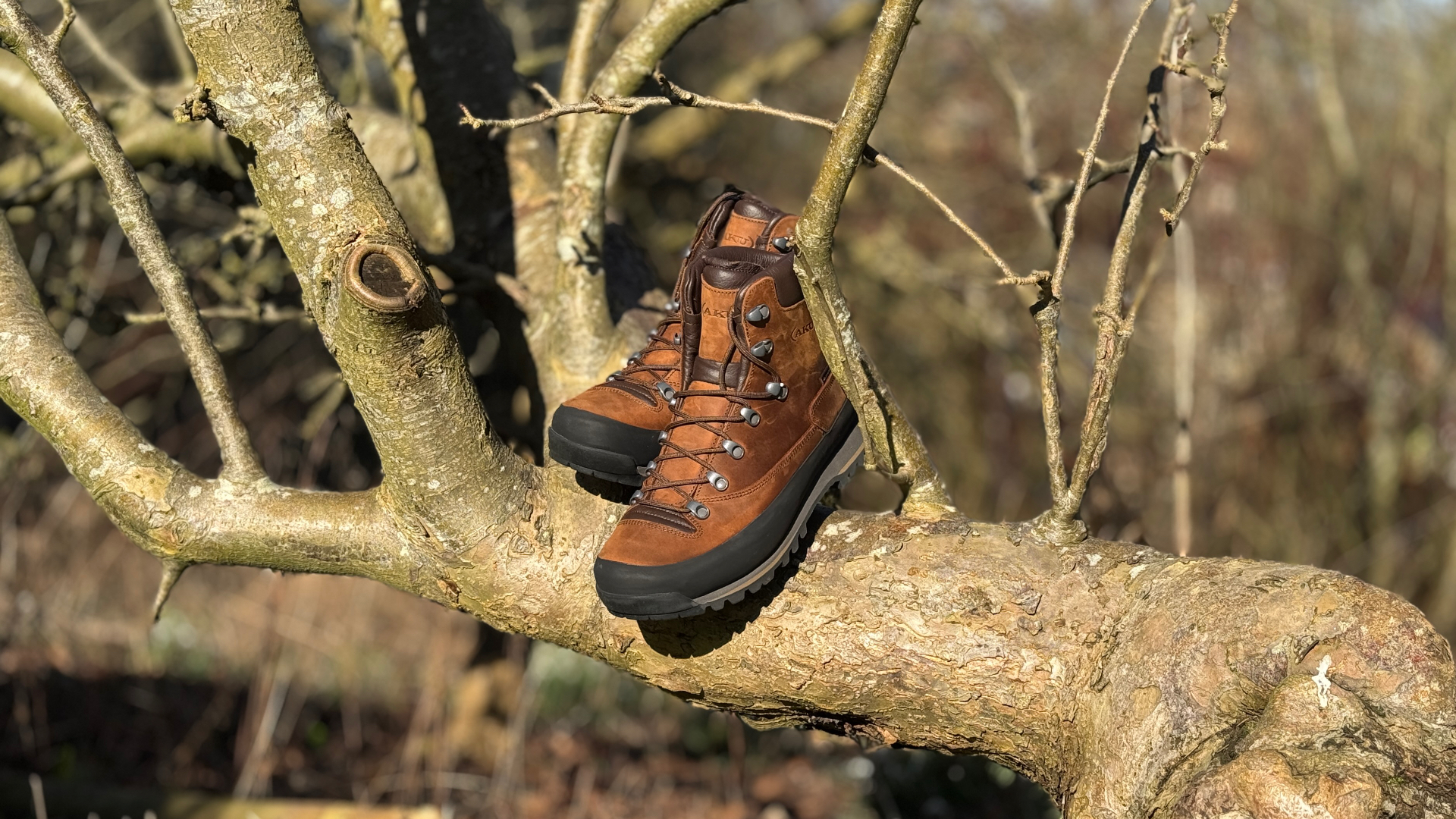
AKU Conero GTX NBK hiking boots review: conquer the trail with Italian flair
A rugged and stylish Nubuck hiking boot with excellent water resistance
By Derek Adams Published
-

I tested these high-tech Merrell hikers and was taken aback by their biggest strength
The SpeedArc Surge Boa combines speed, comfort, and adjustability but has some issues with figuring out its target audience
By Pat Kinsella Published
-
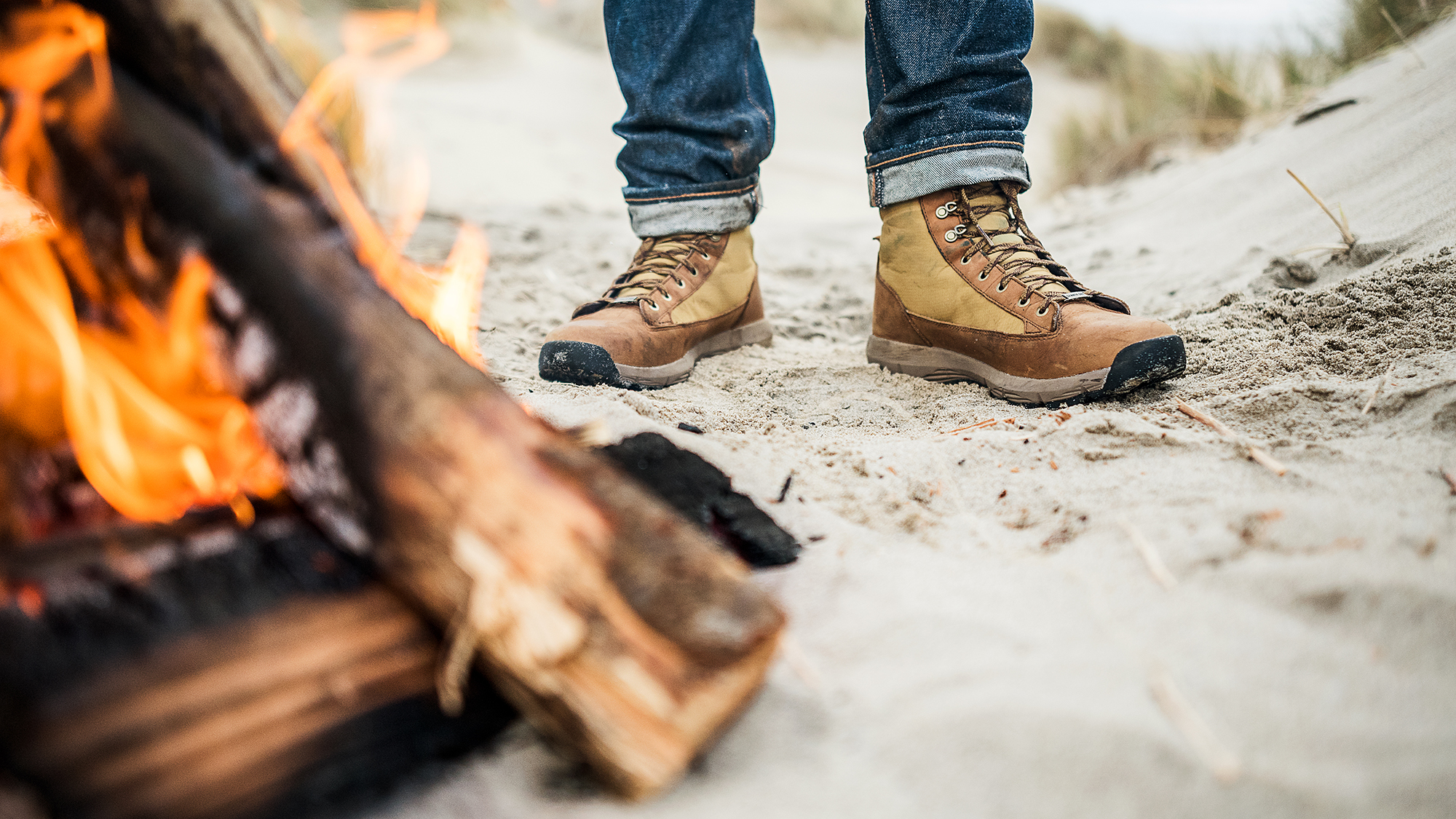
Best hiking boots for men 2025: trail-tested footwear for every adventure
From lightweight designs to robust options for rugged adventures, discover the top men's hiking boots, offering exceptional comfort, durability, and support for all terrains
By Matt Kollat Last updated
-
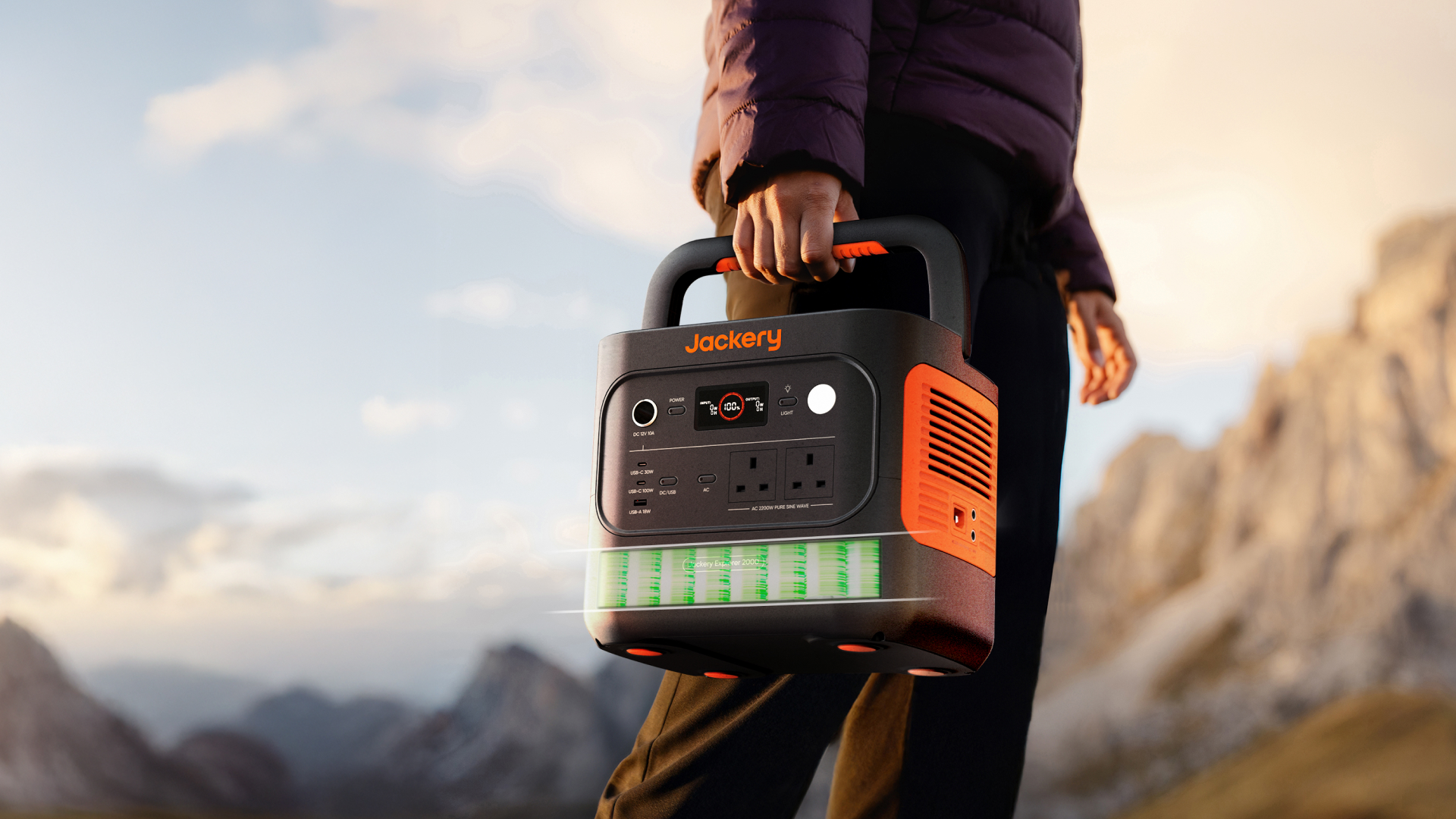
New Jackery power stations will power your explorations
The improved portable power stations are a perfect pick for outdoorsy folk
By T3.com Published
SPONSORED -
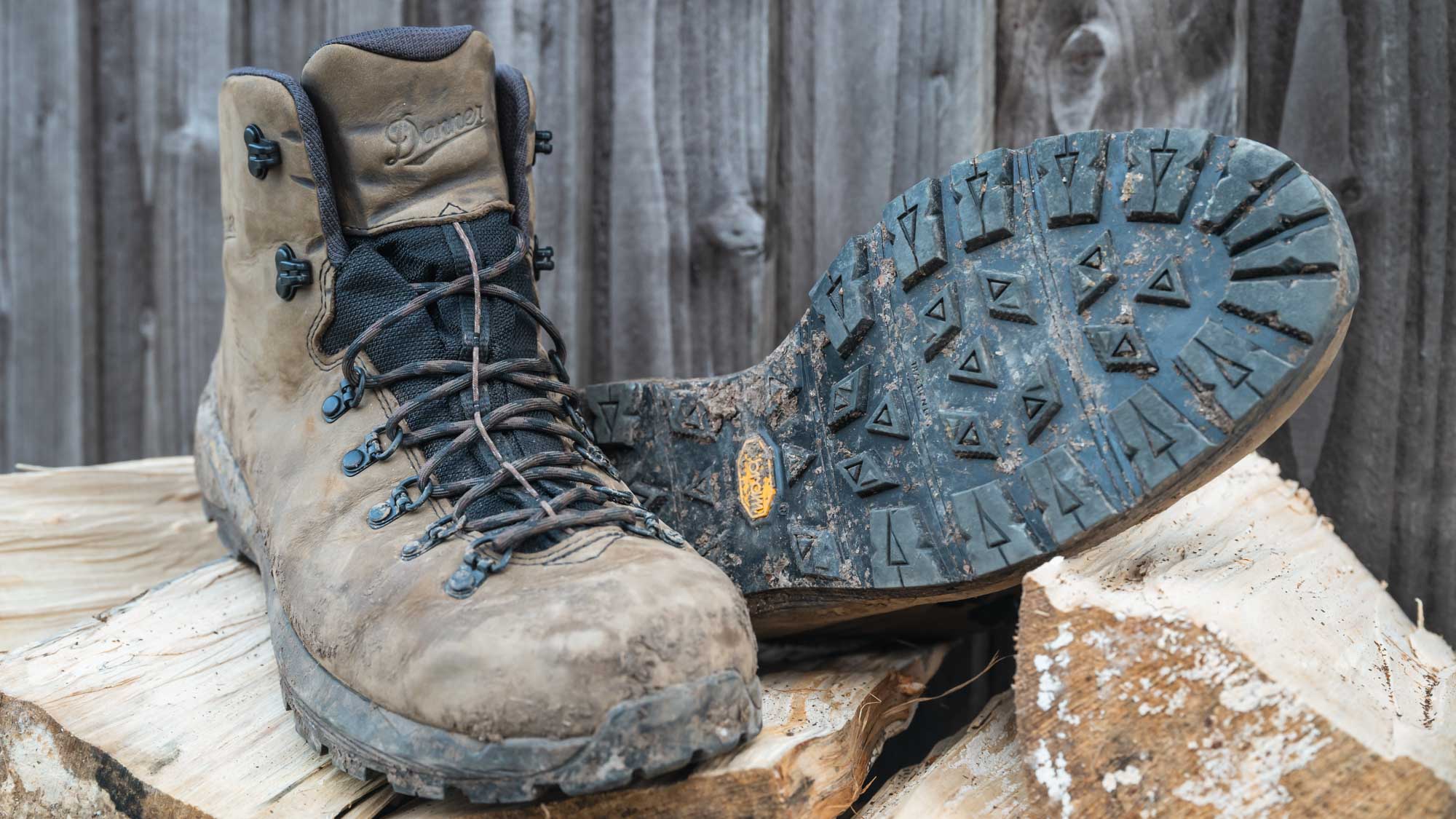
Danner Mountain 600 Evo review: A lightweight hiker with a major durability advantage
Can a hiking boot be rugged, comfortable, and recraftable? Danner thinks so.
By Matt Buckley Published
-

Lowa Renegade Evo GTX review: Modern comfort, classic performance (with one sole caveat)
Blending classic craftsmanship with modern comfort, the Renegade Evo GTX Mid delivers all-weather performance for serious hikers
By Matt Buckley Published
-

Scott Kinabalu 3 GTX review: High-tech comfort for hard trails
Ideal for fast and light adventures, the Kinabalu 3 GTX combines comfort, protection, and trail efficiency, though it’s best suited to moderate terrain
By Matt Buckley Published
-
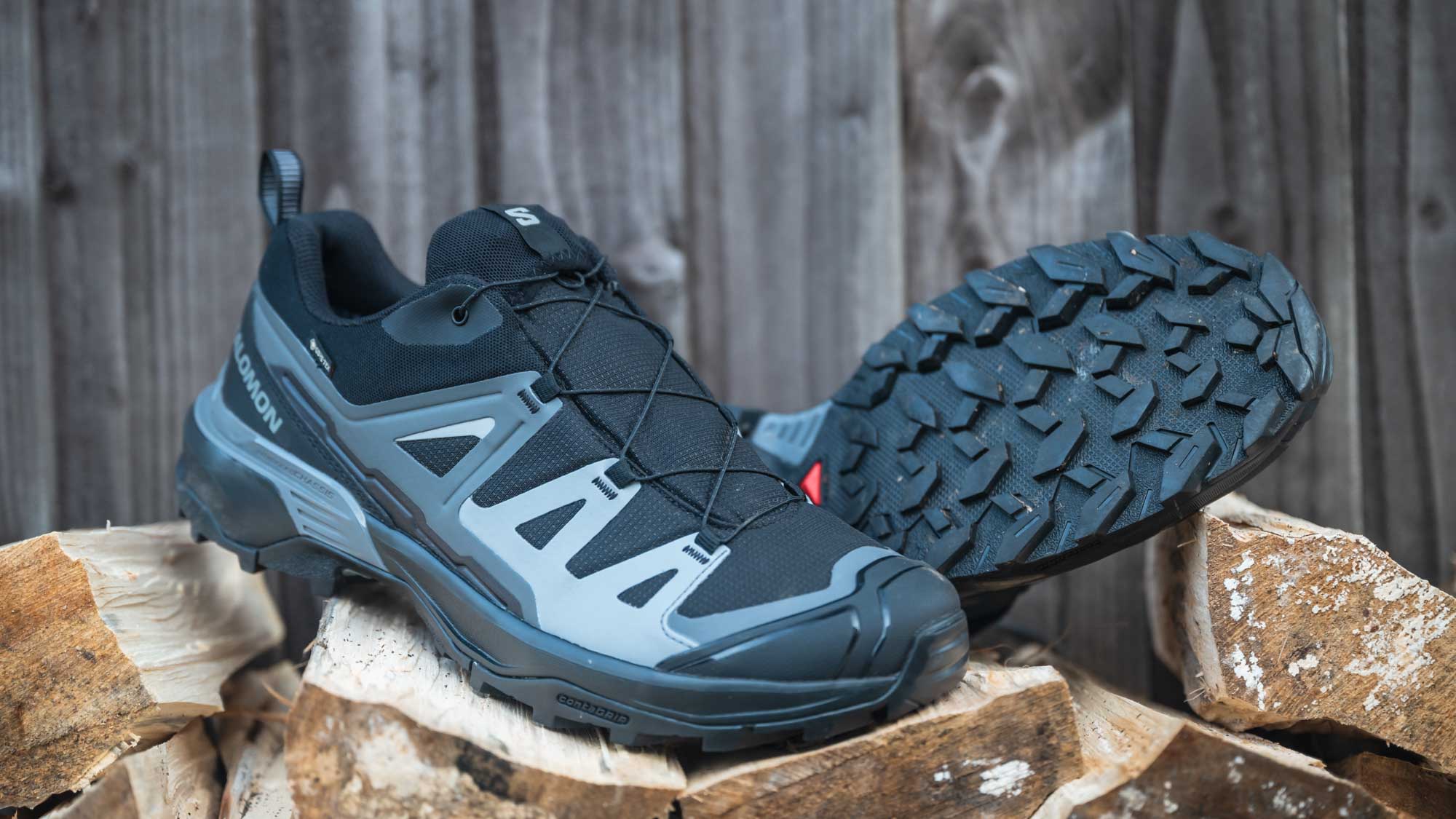
Salomon X Ultra 360 Gore-Tex review: Superior grip and durability, but fit could be better
Salomon's hiking shoe combines all-weather waterproofing with unmatched traction
By Matt Buckley Published
-

Best hiking GPS 2025: stay on track wherever you're headed
The best hiking GPS will show you the way no matter where you walk or how bad the weather
By Matt Kollat Last updated
-
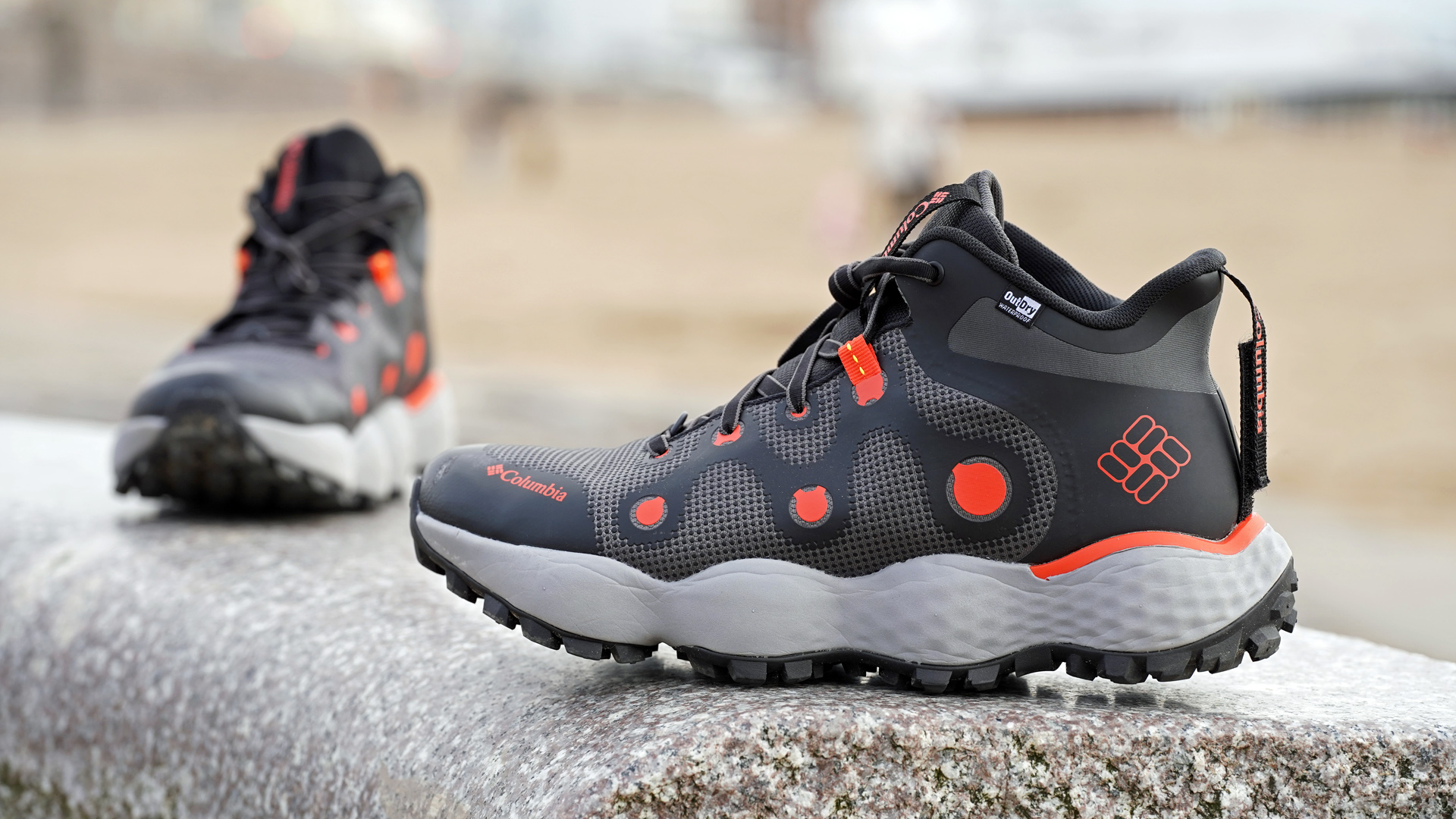
Best walking shoes for men 2025: footwear from casual strolls to adventurous treks
The best walking shoes for men combine comfort, durability, and performance for every step
By Matt Kollat Last updated
-
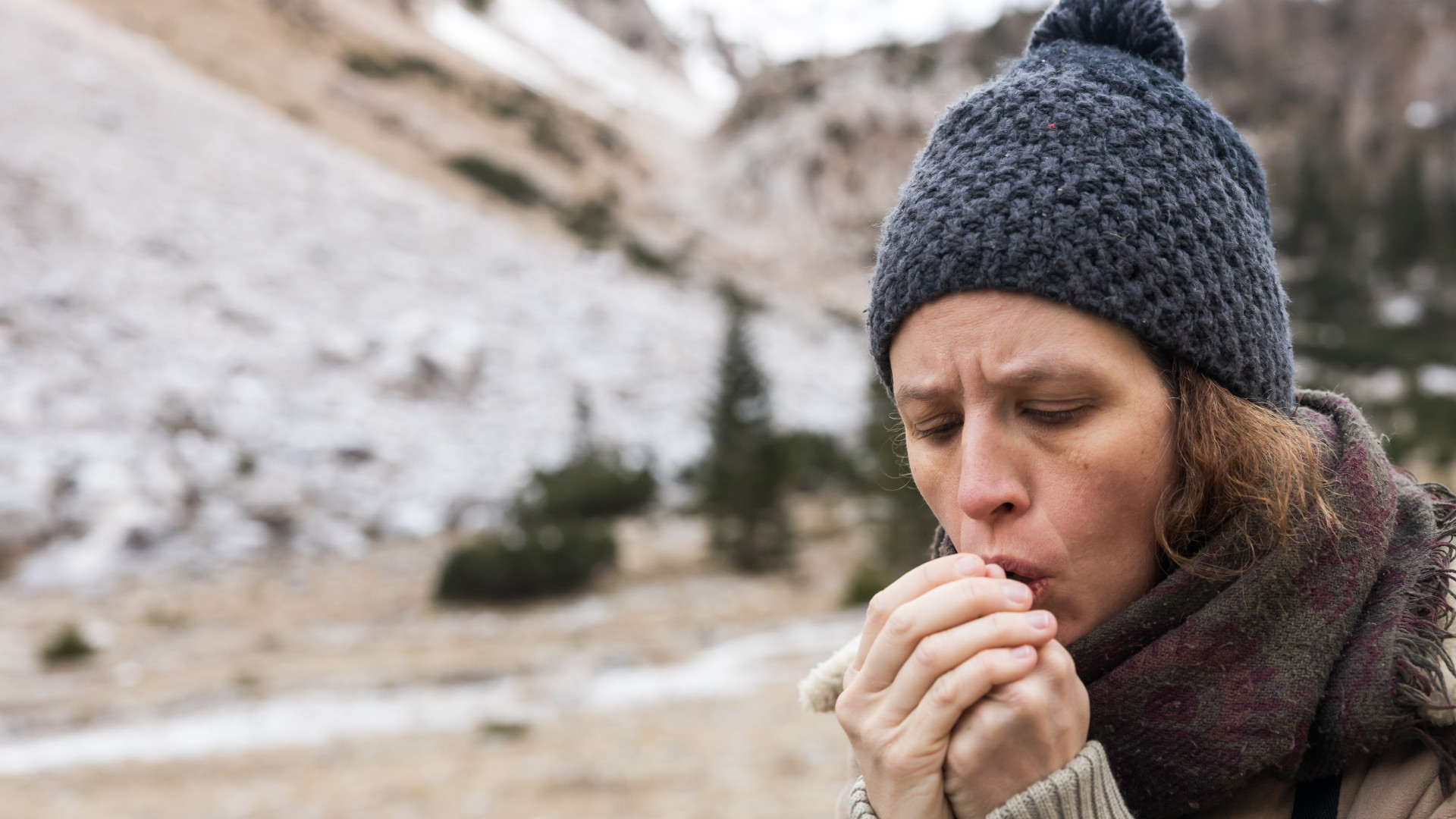
Feeling cold on your winter hike? An outdoor expert says you’re making this mistake
Apparently it's common with 'first-time hikers'
By Bryony Firth-Bernard Published
-

What's fastpacking: the adventure sport that lets you go further, faster, and lighter on the trails
Trail running meets backpacking for one epic adventure
By Bryony Firth-Bernard Published
-
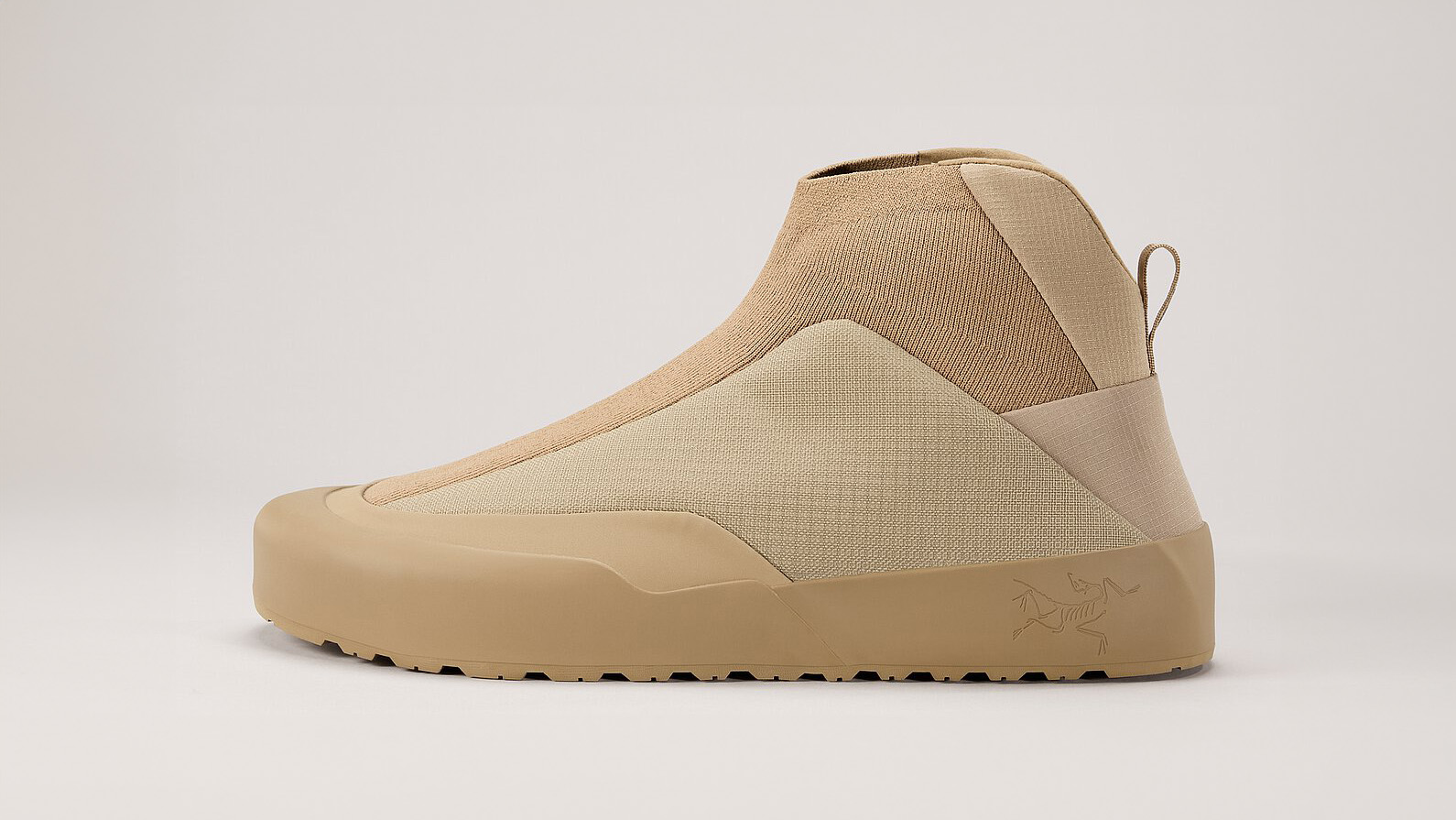
Think you know winter footwear? The Arc'teryx Kragg Insulated Shoe has a surprising twist
The Arc'teryx Kragg Insulated Shoe might just be your new best friend for braving the cold
By Matt Kollat Published
-

Finisterre just launched what surely is the best-looking fleece jacket in history – just in time for the cold season
The brand's latest fleece is the must-have jacket for winter warmth and style
By Matt Kollat Published
-
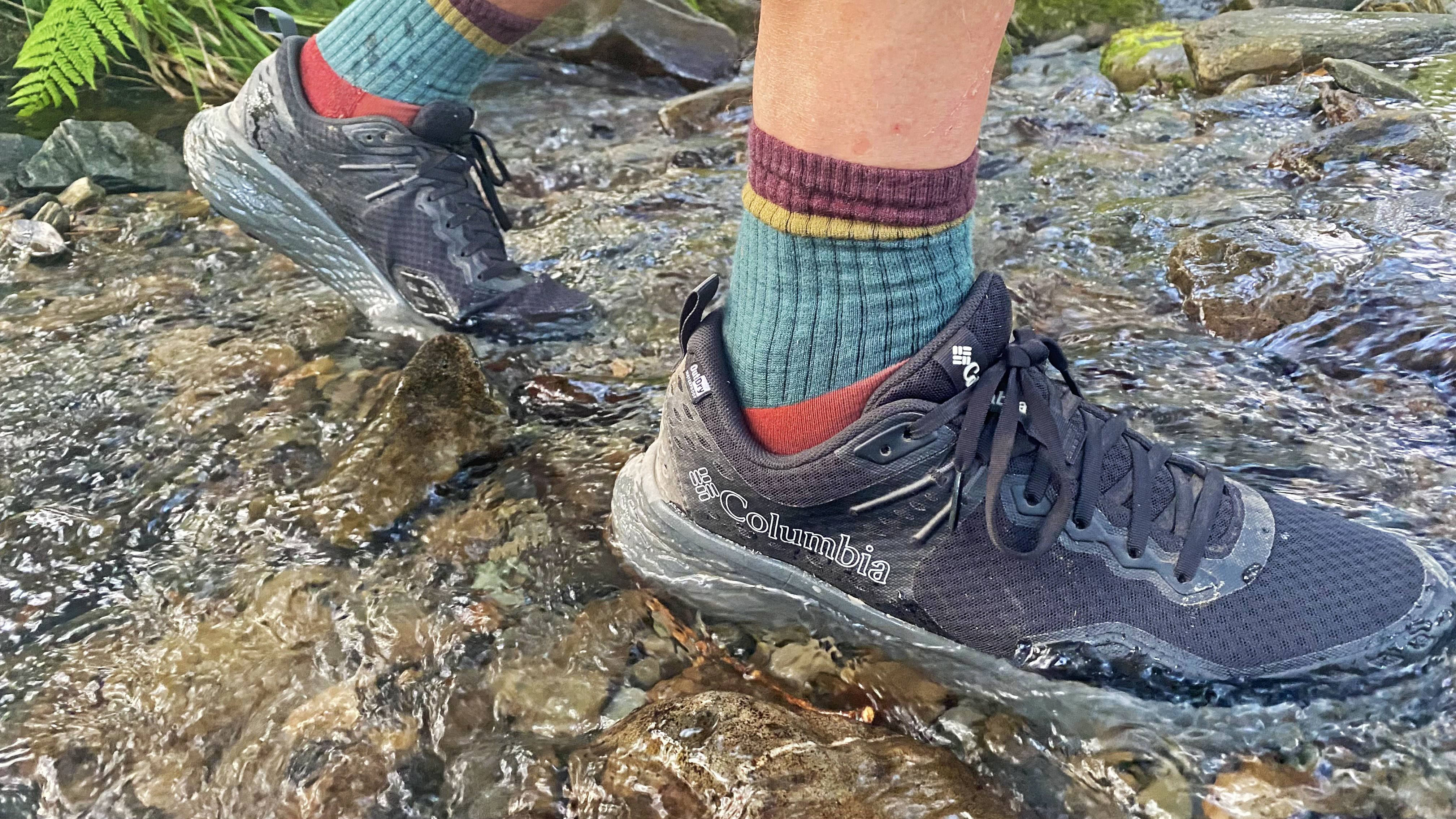
Columbia Konos TRS OutDry Hiking Shoe review: three-season trail trampers with a twist
Constructed with Columbia’s innovative OutDry technology, these hiking hoofs repel water very differently to bog-standard walking boots and trekking shoes
By Pat Kinsella Published
-

The most essential back-to-uni accessory no one talks about
Do yourself a favour and invest in a decent pair of walking shoes before you head back to campus
By Matt Kollat Published
-
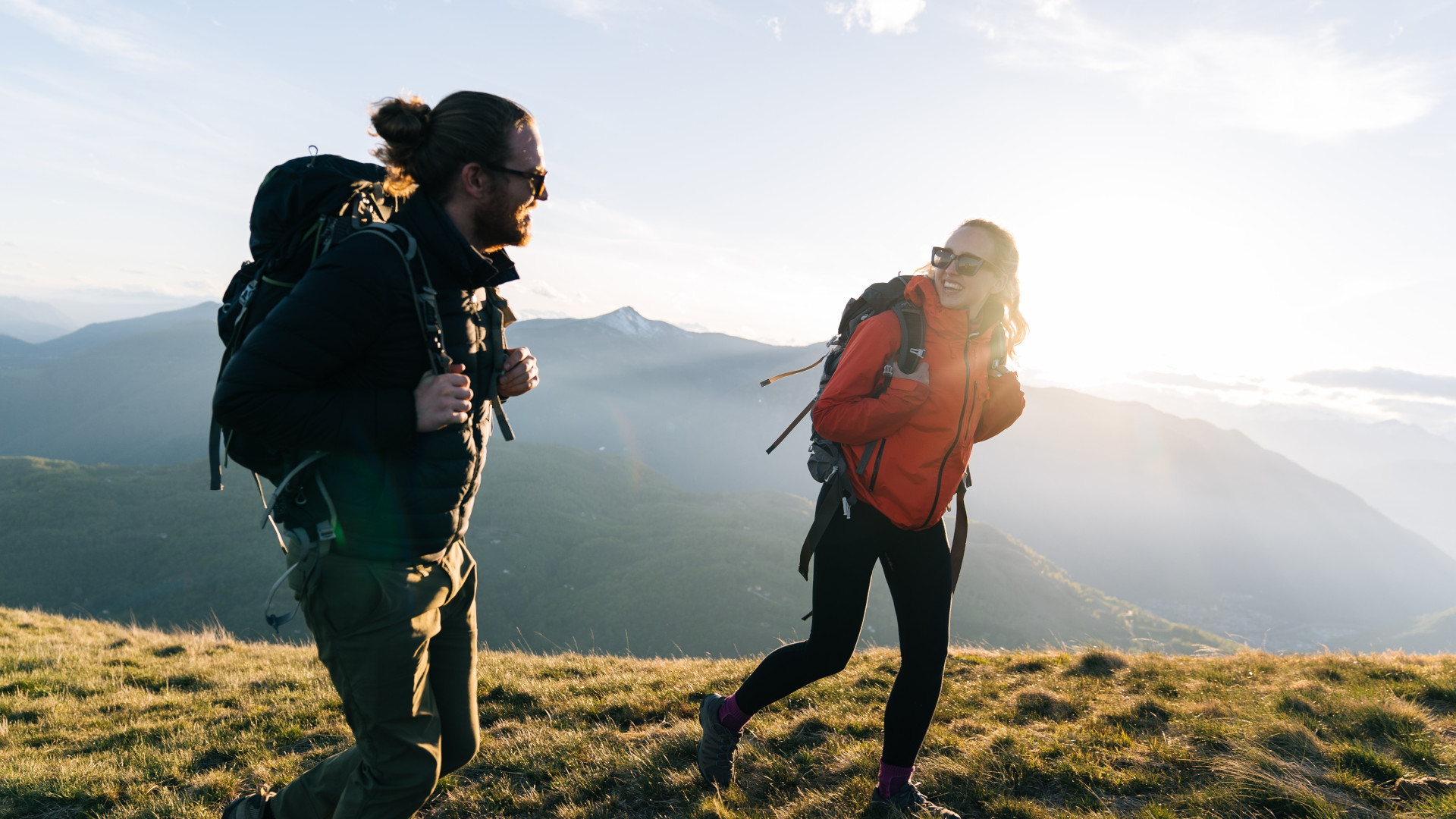
5 hiking gadgets that will transform your time on the trails
Make your outdoor adventure more enjoyable and stress-free with these five handy gadgets
By Bryony Firth-Bernard Published
-
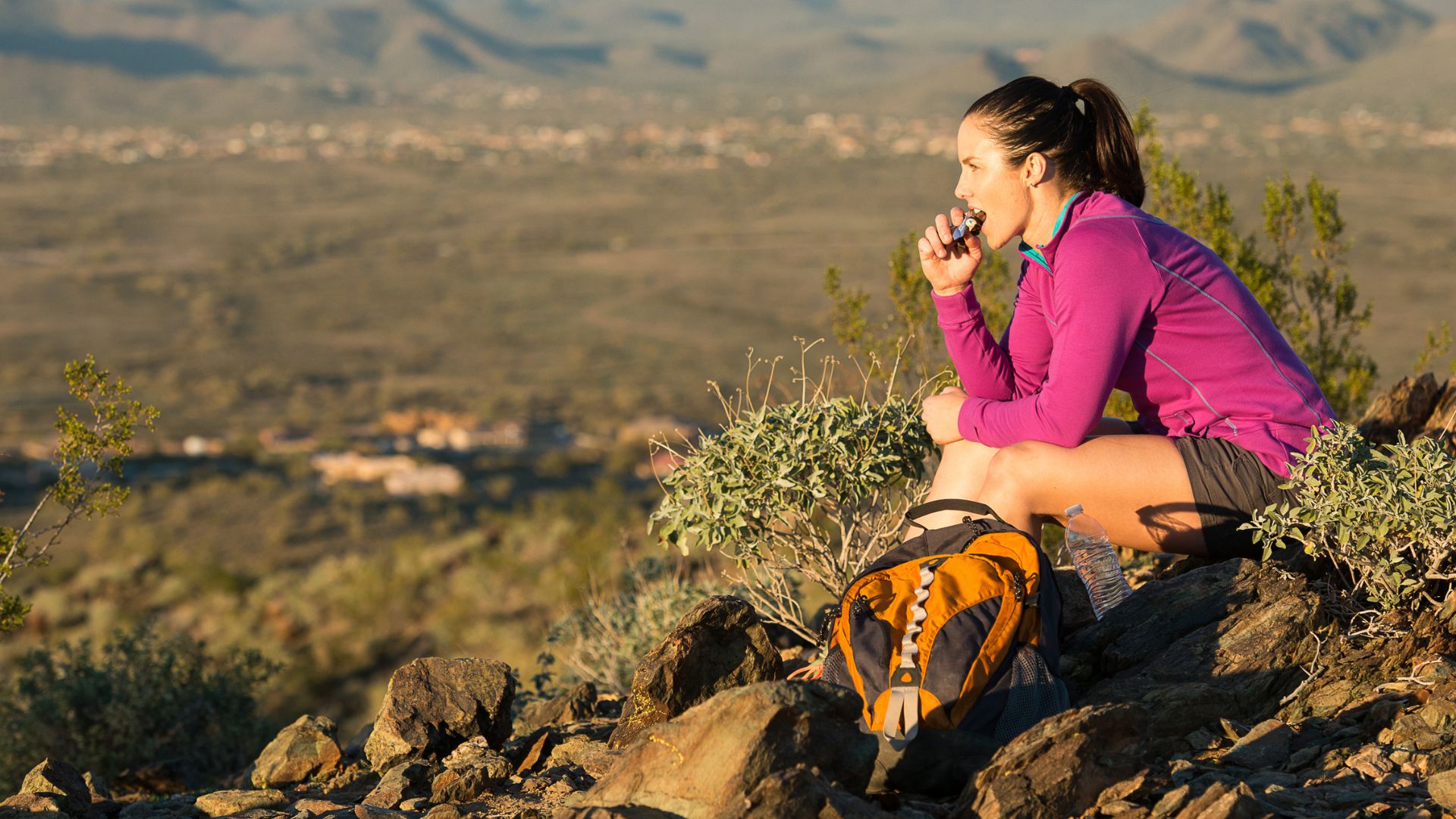
7 best hiking snacks to boost energy and keep you full, according to an expert
Hiking can be hungry work, so make sure you're prepared with these expert-approved snacks
By Bryony Firth-Bernard Published
-
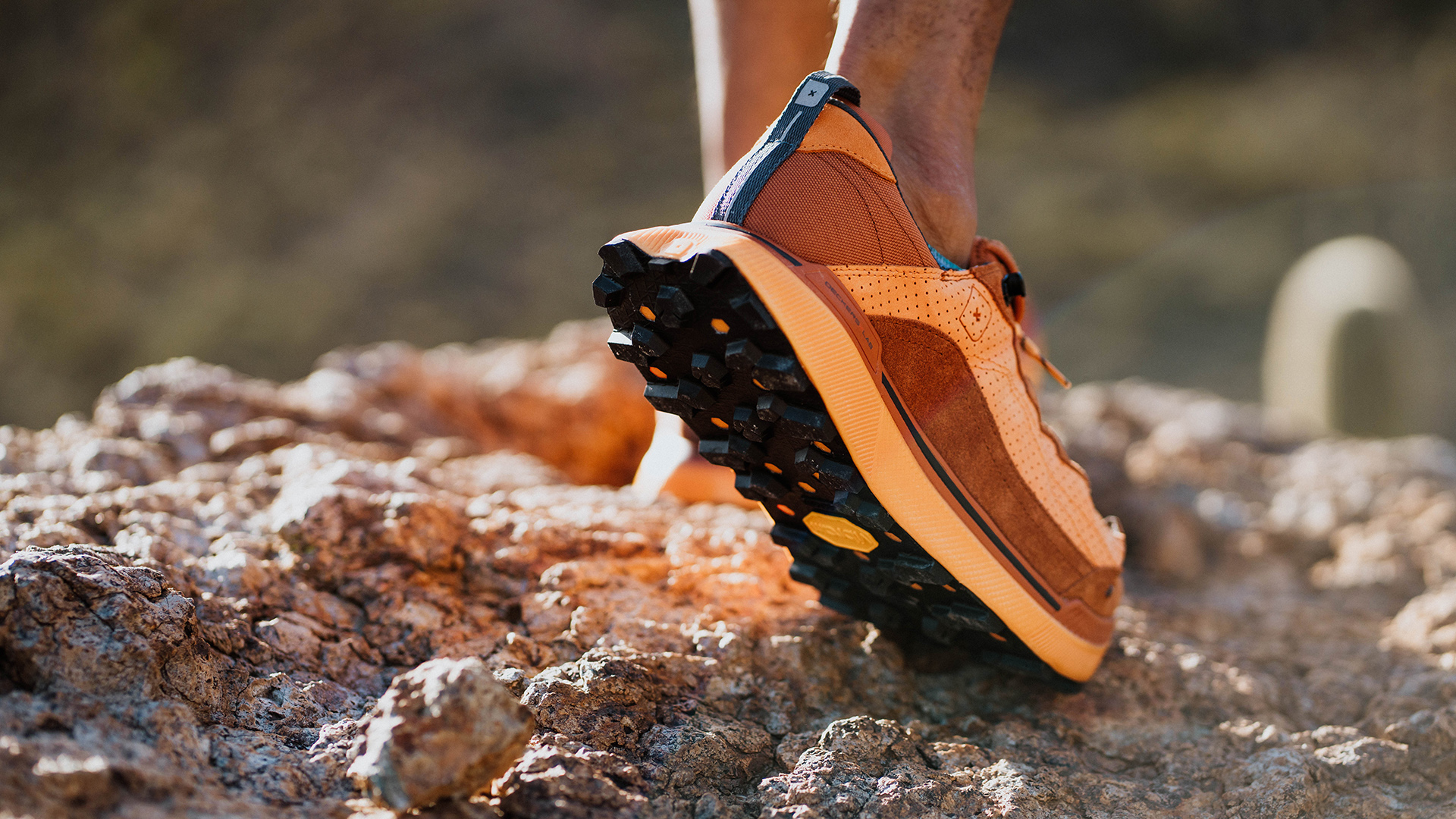
Deckers X Lab unveils Enduro Lite Low carbon-plated hiking shoes for adventurous hikers
Say goodbye to clunky hiking boots and hello to the future of trailblazing
By Matt Kollat Published
-

Latest AllTrails software update adds ton of new features – my favourite feature is the mosquito indicator
Now users will know whether they need that all-important mozzie spray, can tour a trail before stepping outside and more!
By Bryony Firth-Bernard Published
-
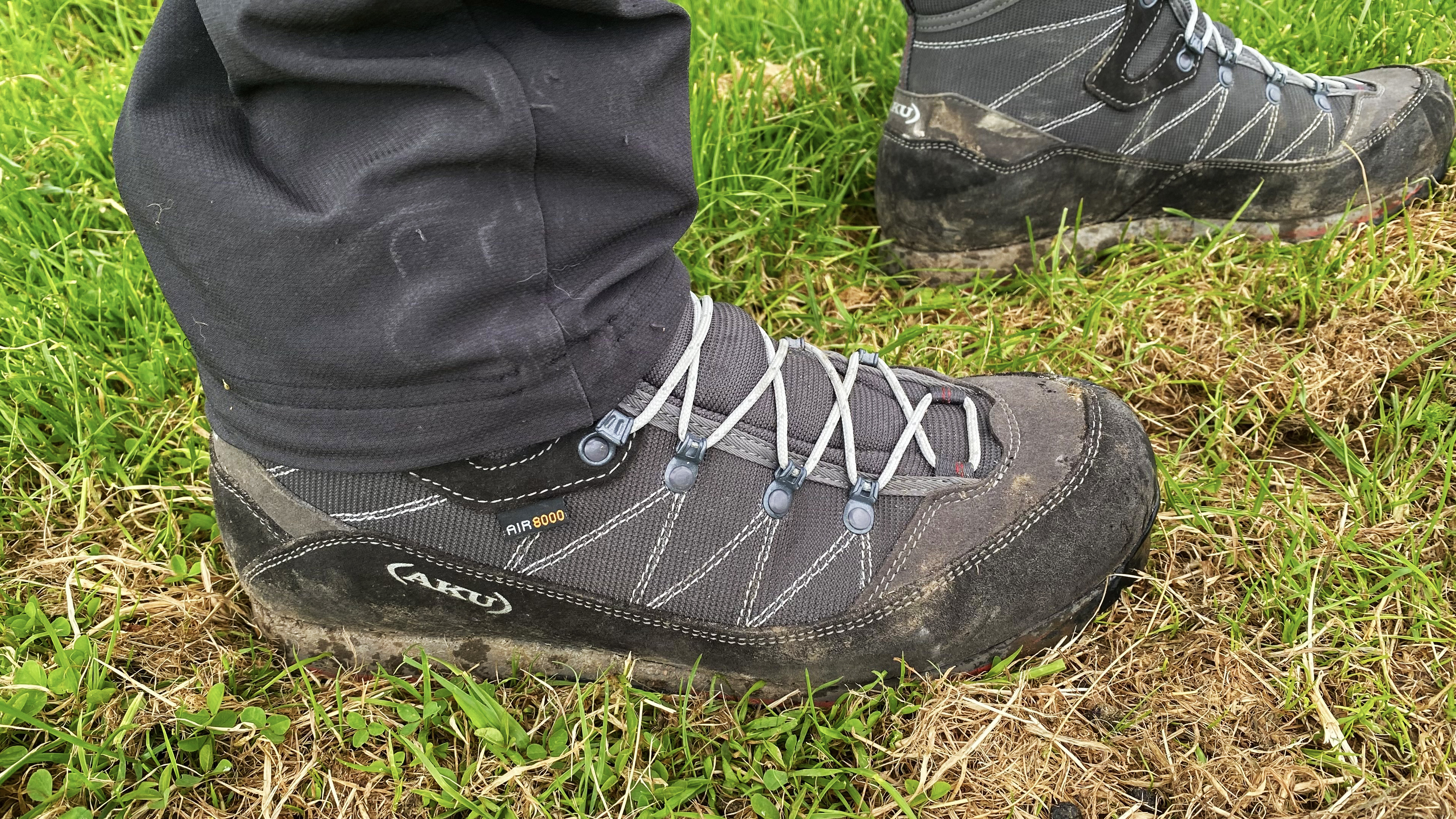
Aku Trekker Lite III GTX review: the little black dress of hiking boots
The super comfortable, high-performing Aku Trekker Lite III GTX is a go-to winner for all kinds of hiking and backpacking
By Pat Kinsella Published
-
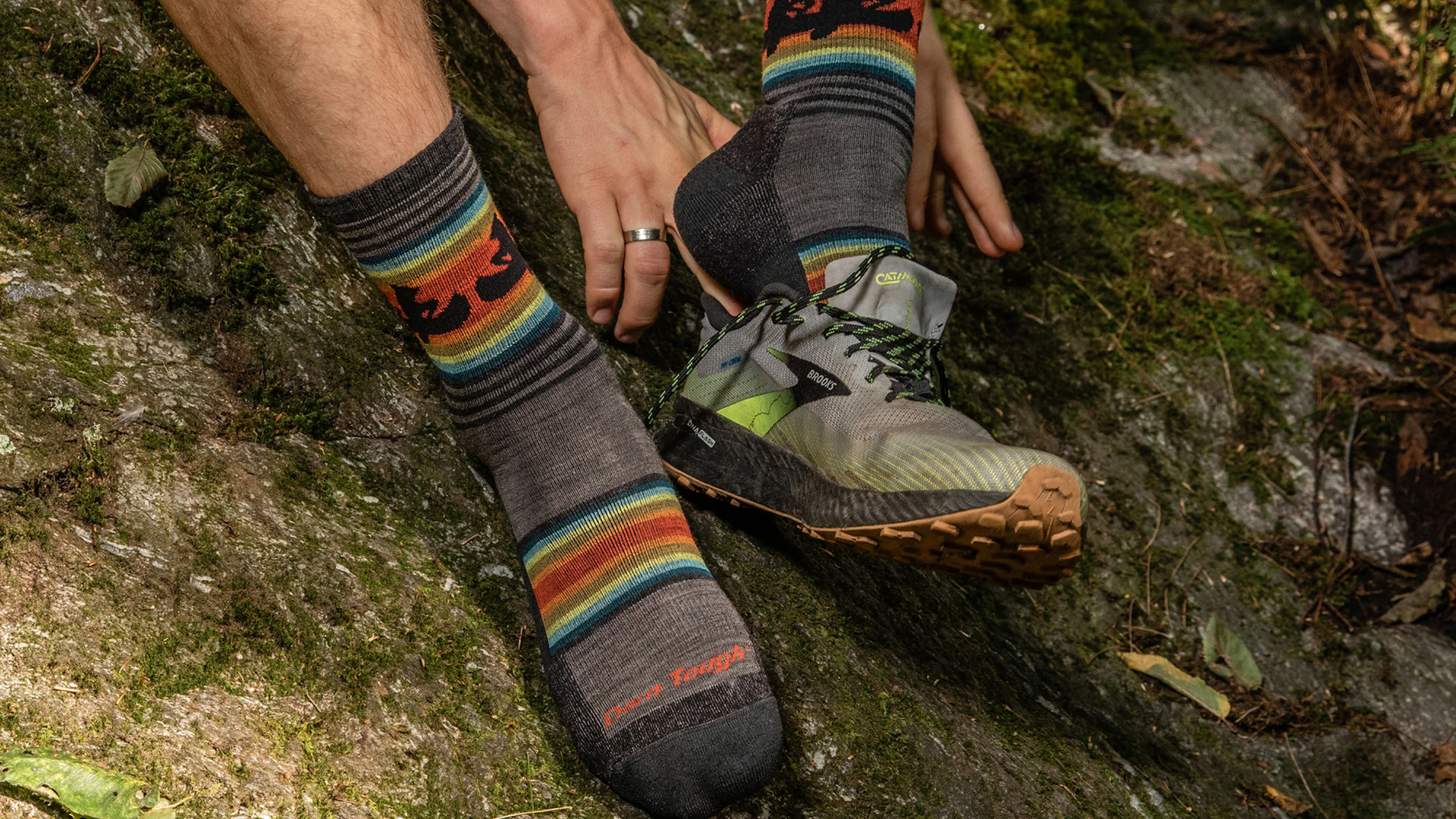
No stupid questions: Are thick or thin socks better for walking?
Thickness matters.
By Matt Kollat Published
-
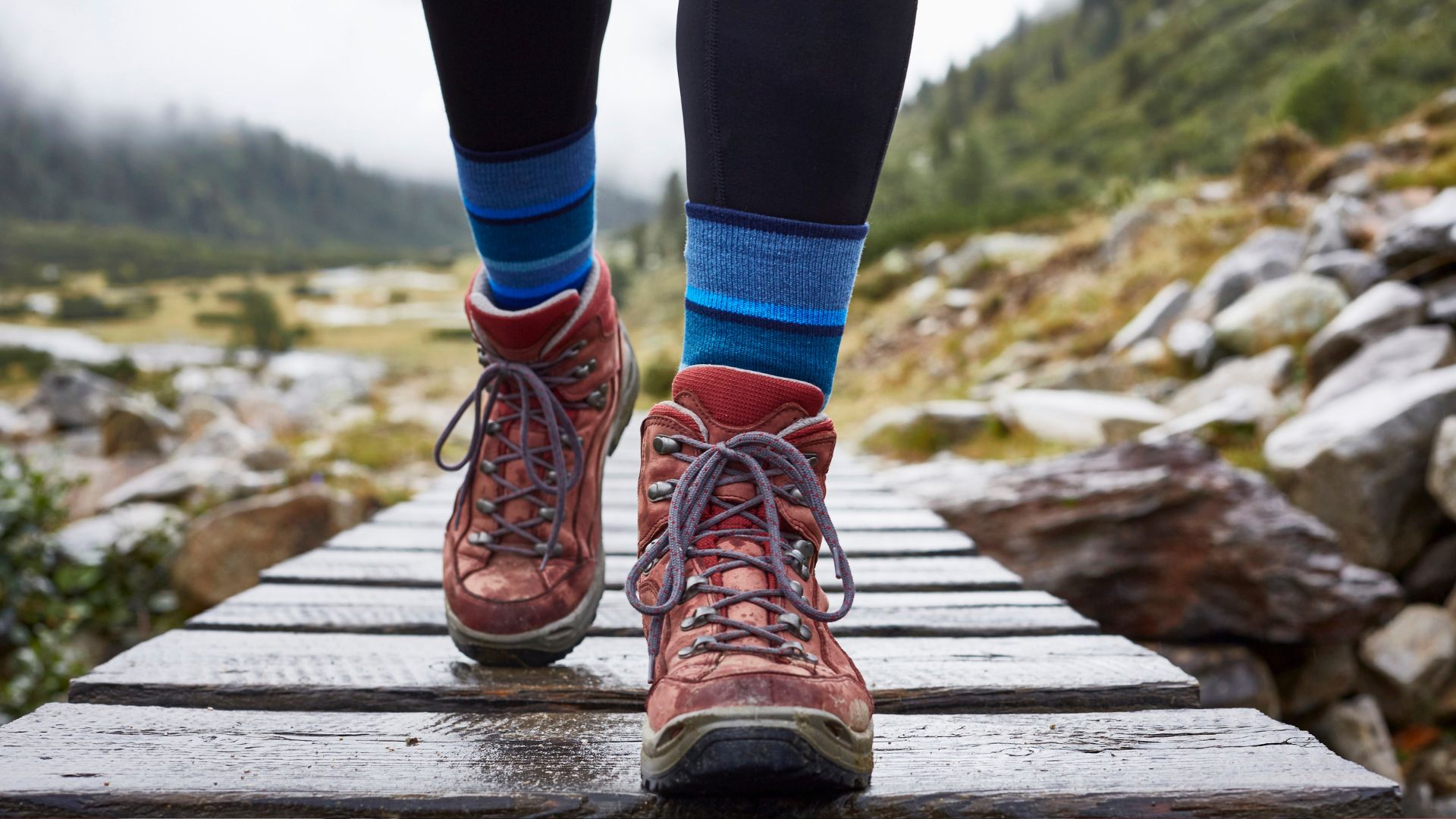
5 hiking boots mistakes to avoid to help them last longer
Your boots are made for walking and that's just what they'll do (if you avoid these five mistakes )
By Bryony Firth-Bernard Published
-

5 surprising facts you probably didn’t know about Nordic walking
Did you know it works more muscles than running?
By Bryony Firth-Bernard Published
-

5 not-so-obvious items that will change your hiking trip, according to an outdoor expert
Thought you'd packed everything for hitting the trails? Think again...
By Bryony Firth-Bernard Published
